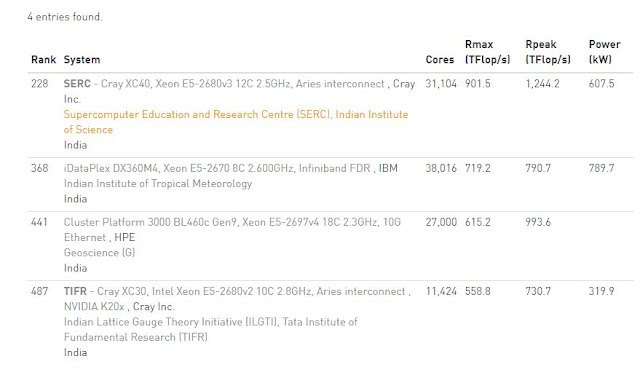What 'one Windows' really means
What 'one Windows' really means (and doesn't)
Summary: Is Microsoft building a single version of Windows that will run on phones, tablets, PCs and gaming consoles? Nope. Here's a refresher as to what really is happening.
Microsoft execs have struggled to explain for the past year or more where the company is going with Windows.
Thanks to a passing comment by CEO Satya Nadella during the July 22 Microsoft's Q4 fiscal 2014 earnings call, the struggle is continuing.
"We will streamline the next version of Windows from three operating systems into one single converged operating system for screens of all sizes," Nadella told press and analysts listening to the call.
Wow! One Windows OS running on phone, tablet, PC and gaming console?
Not exactly. Later in the call, Nadella attempted to clarify his remarks, but not in time to stop the breathless headlines.
Here's what "one Windows" really means:
1. A single team developing all Windows variants. This team has been in place since July 2013 when Microsoft created the unified Operating System Group under Terry Myerson. This team works on the Windows Phone OS, Windows Embedded, Windows (for PCs and tablets) and the Xbox One operating systems.
2. A single "core." Windows Phone, Windows 8, Windows RT and Windows Server are all built on top of a common "core," known as the NT core. Because of Microsoft's layered architectural approach, each OS builds on top of this core using different pieces that make sense for the form factor/hardware on which it runs.
3. A unified Store and commerce model across all platforms. Microsoft has taken steps toward unifying its Windows Phone Store and Windows Store over the past year. But it still has a ways to go to reach the holy grail: A single store that spans all platforms. The next major versions of Windows Phone and Windows (both codenamed Threshold) may be where a single Store debuts. I am not sure when Xbox apps will be added to that Store.
4. A unified developer platform. Microsoft execs have been promising for years that one day, developers will be able towrite once and run on any Windows variant. To get there, Microsoft is working to unify, as much as possible, the core set of application programming interfaces (APIs) and the developer tooling for building apps for Windows Phone, Windows and the Xbox operating system. Microsoft has many of the pieces in place now that allow Windows and Windows Phone developers to reuse more of their code when writing what are called "Universal Windows apps."
Here's what "one Windows" doesn't mean: There will not be one Windows SKU. Or even two. There will continue to be multiple versions of Windows. Nadella stated this quite plainly on the earnings call.
"Our SKU strategy will remain by segment," he said. "We will have multiple SKUs for enterprises, we will have for OEM,we will have for end-users.... We will be disclosing and talking about our SKUs as we get further along."
For now, nothing new to see here, folks. Hopefully more of the promised pieces will be in place by the time Microsoft makes a public preview of Windows Threshold, which the company is hoping to do by this fall, from what I am hearing....




Comments
Post a Comment